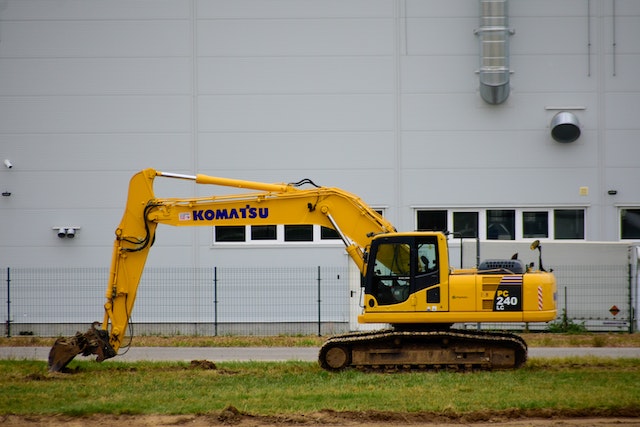Underground Diesel Tanks vs. Above Ground Diesel Tanks
With the increased diesel price, many sites that run diesel generators buy the fuel in bulk when the cost is low and keep it in a large storage tank. Most sites can choose between UST (underground storage tanks) and AST (above-ground storage tanks) for diesel.
Deciding how to store diesel is challenging because you have to factor in many aspects. Not to mention, both have the pros and cons.
Underground Storage Tanks
These types of tanks are often installed underground or below the surface. Like a water container, an underground diesel container is safe for storing diesel and other petroleum products.
Usually, underground storage tanks can be made of concrete, fiberglass, or steel and installed underground to minimize the risks of explosion and fire.
Pros
- Their nature means underground storage tanks are more protected than above-ground storage tanks.
- They have some inherent design advantages that make them safer.
- Since installation happes underground, they stay out of the way, ensuring you have space for other equipment in the plant’s layout.
Cons
- The intensity of the planning stage, installation costs, and disruption intensity are higher.
- After installation, it will be more challenging to notice potential leaks.
- It will take a lot of work to move it or shift the layout of the plant around it.
Above-Ground Storage Tanks
These fuel tanks are found above the surface. They are mainly used for petroleum products, hazardous substances, and chemicals. Diesel tanks are made of plastic, fiberglass, or steel and may range from large to small portable tanks.
Pros
- Considering their visibility, it would be difficult for leaks to happen without you noticing.
- If ground plans for your plant change, you can easily move it.
- It is easier to install and plan for above-ground diesel tanks.
Cons
- Because it lacks insulation, it has high risks of explosion and fire.
- Exposure to elements and weather introduces corrosion of the exterior and two-pronged attacks of contamination of products.
What Makes Them Different?
While underground diesel and above-ground diesel tanks have the same purpose, they are unique. To better understand how different they are, look at these key factors:
1. Maintenance
Above-ground diesel tanks are much easier to maintain because you don’t always have to dig the ground surface. You will just contact a reputable expert to investigate whether there is a pipe leakage.
Because you must bury underground diesel tanks under the surface, you must be keen enough for maintenance.
2. Durability
Above-ground diesel tanks have a longer lifespan than underground diesel tanks. Over time, both fuel storage tanks corrode, depreciate, and require replacement, but underground diesel tanks are more vulnerable to corrosion. This corrosion process is often facilitated by soil moisture and acidity levels, making underground diesel tanks more susceptible.
The bottom line is that above-ground diesel tanks are more durable than underground diesel tanks. In addition, they are much easier to maintain, repair, and install. However, underground diesel tanks are more suitable for people looking to create more loading/delivery bays and parking spaces. So, your decision will come down to your needs and site requirements.







